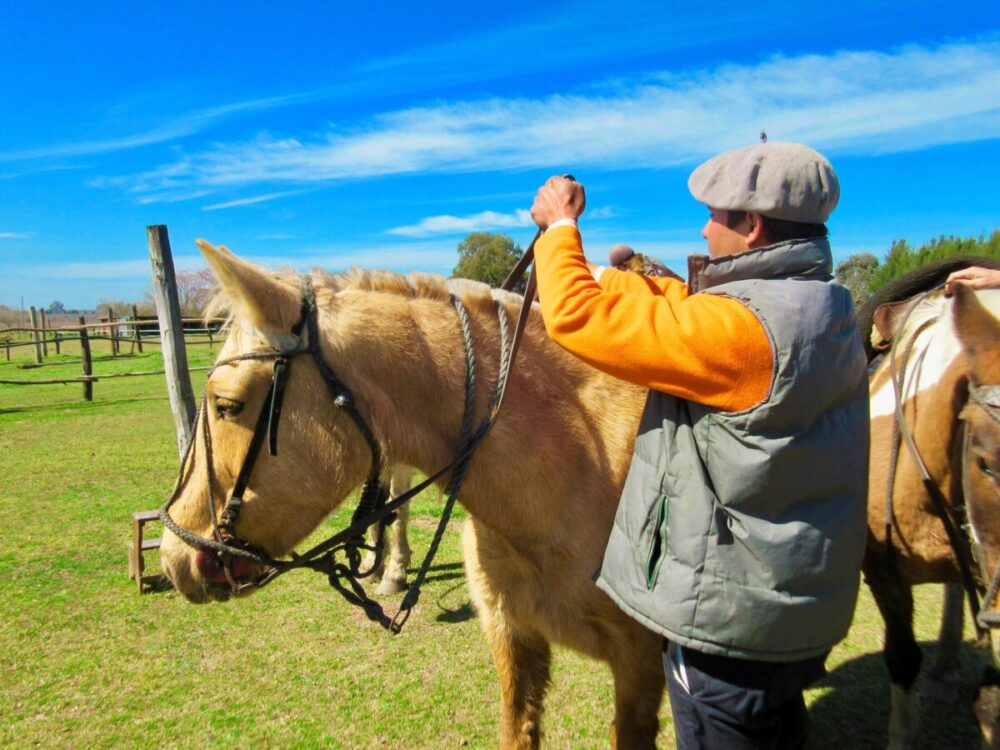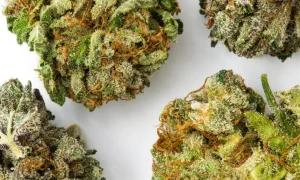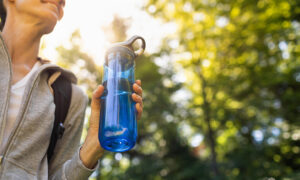Horses are glorious creatures that can be your most adored companion with proper care and management. Taking care of a horse requires significantly more patience and effort compared to that of popular pets like cats, dogs, and even fish. Horse care can be quite expensive, and it is necessary to estimate the costs of maintenance before deciding to get one.
Many believe that taking care of a horse is similar to a full-time job, where you need constant nurturing and monitoring. Understanding the many challenges and concerns of owning a horse can go a long way towards ensuring the proper health and nourishment of your beloved companion.
This article provides a comprehensive guide on how to look after a horse.
Horse Bridle
A bridle is one of the very first pieces of gear needed once you get a horse. This is used to navigate, control, and communicate with them. Make sure you get the correct size of the bridle as your horse’s comfort depends on it. You may face difficulty in relaying orders to the horse if the bridle is not fitted properly. Read more about ideal headgears for horses to provide the best equipment for your beloved pet.
The Basic Necessities
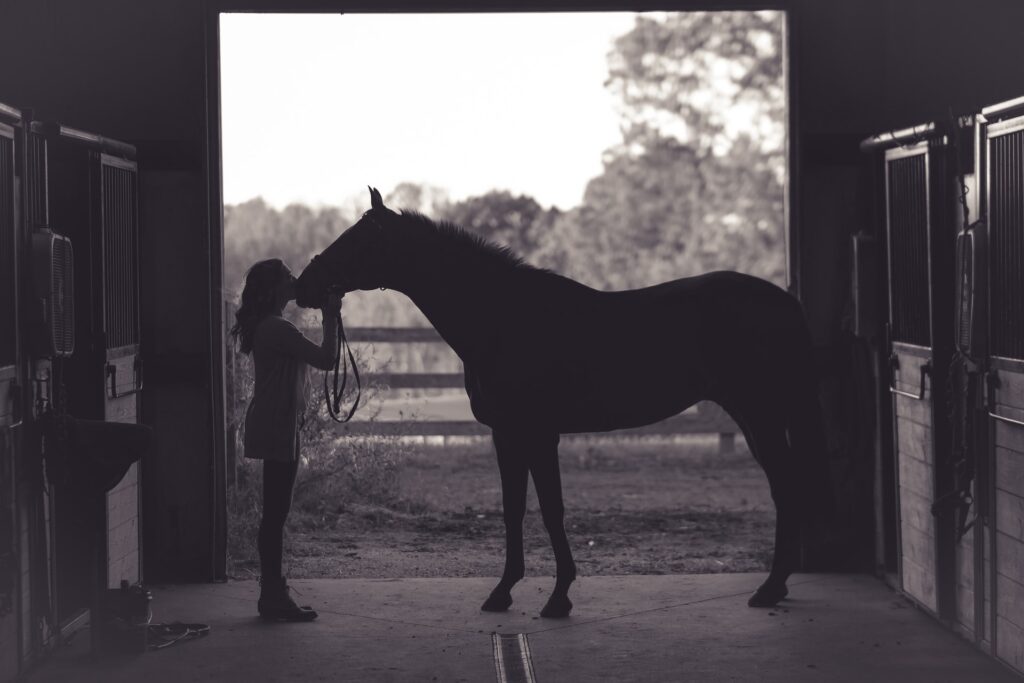
Source: unsplash.com
Horses have certain dietary and accommodation requirements that need to be ensured at all times. Below is a compilation of a horse’s basic necessities.
Food
Feeding is perhaps the most crucial aspect of caring for any pet animal in the world. Horses have specific nutritional requirements, and providing them with that is a fundamental responsibility for all horse owners. A balanced and healthy diet directly influences the energy levels and physical characteristics of a horse – things they thrive on!
The exact requirements may vary greatly between different sizes and breeds of horses. Make sure you properly monitor all the activities of your horse, ranging from the distance sprinted to the amount of grazing done in the field. These parameters are important for deciding the proportion and type of food you provide to your horse. Learn more from professional services about the quantity of food to serve and the ideal conditions for your horse to get comfortable, or just directly contact Horsevills.
The ideal food for horses is grass, and occasionally hay or grains. Being herbivorous, they do not eat any flesh, making the cost of feeding them considerably cheap. If you own a grassy field, your horse can be kept content by grazing in there. The quantity of food an average-sized horse consumes can range between 10-20 lbs per day. This amount may vary depending on the age, size, and metabolism of the horse.
Hay is considered as a substitute for grass if needed. Due to the comparatively lower levels of natural nutrients present inside, bulk amounts of hay can be fed to a horse without worrying about overfeeding. Grains, on the contrary, are very rich in sugar levels and can benefit your horse if given in small quantities.
Make sure you do not overfeed your horse, as this not only leads to obesity but also makes them prone to various diseases. The most common sickness seen in horses due to excessive food consumption is known as Laminitis. This is a deadly disease prevalent among horses and is a major cause for concern. The experience is very painful and can render horses completely immobile if not treated early. Extreme cases may even lead to death, or the need to be put down.
Water
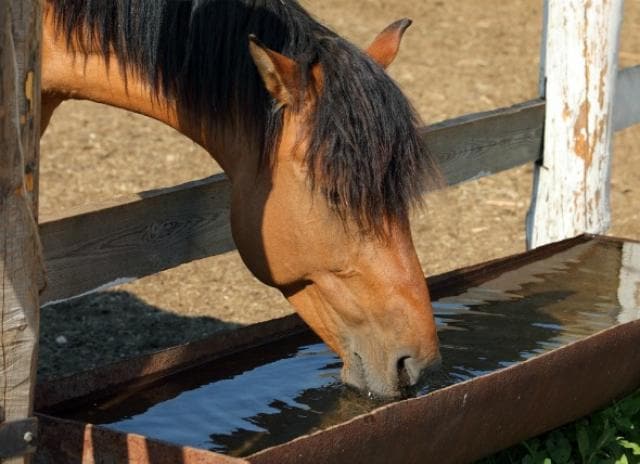
Source: petmd.com
The amount of water intake by your horse is as important as food consumption, for their health and nourishment. The necessity of water can never be overstated, regardless of the type, nature, or class of an animal. Every aspect of internal metabolism, like digestion, blood circulation, temperature control, etc., is greatly affected by the amount of water intake. Make sure you keep clean water available to your horse at all times, as dehydration can lead to multiple diseases.
An adult horse can drink up to 10 gallons of water per day, and it is necessary to provide them with that. Insufficient water can cause a disease called colic in horses which is quite deadly if left untreated. Horses suffering from this ailment experience excruciating pain in their abdomen, leading them to harm themselves or lose sense altogether. Their gastrointestinal system may get damaged after prolonged dehydration. In the case of caring for multiple horses, do not forget to adjust the amount of water you provide accordingly.
Habitat
Just like any other animal in your care, providing decent shelter to your horse is crucial. Multiple forms of habitat can be created for your horse, depending on its size, age, and habits. You can tie your horse to a tree if you had to, but it could be potentially disastrous due to bad weather conditions or predators.
The best form of habitat for your horse is surely a stable that is enclosed and specialized based on its needs. Make sure the structure is not fragile or crammed, making the horse feel claustrophobic. Horses are greatly independent creatures who like spending most of their time relaxing. Provide an abundant supply of hay in the stable for your horse to chew on, as without it, they might develop diseases like colic.
Horses prefer a lot of floor space for rolling around on the ground. Make sure you make comfortable bedding for your horse, avoiding the use of any material that it is allergic to. Visit the stable multiple times a day to ensure the interior conditions are ideal for your horse.
Secure the stable as effectively as possible due to various reasons. Predators might attack the horse inside the stable. Wolves and coyotes are some of the most deadly enemies of horses, and necessary steps must be taken to keep them away from the horse’s habitat at all costs. Furthermore, the horse may escape if not secured properly. Make sure the entire premise is protected by sturdy fencing, with dangerous places completely sealed and secured. Remove all the venomous weeds and bushes around the property, as your horse might ingest them, leading to potential health problems.
Horse Exercises
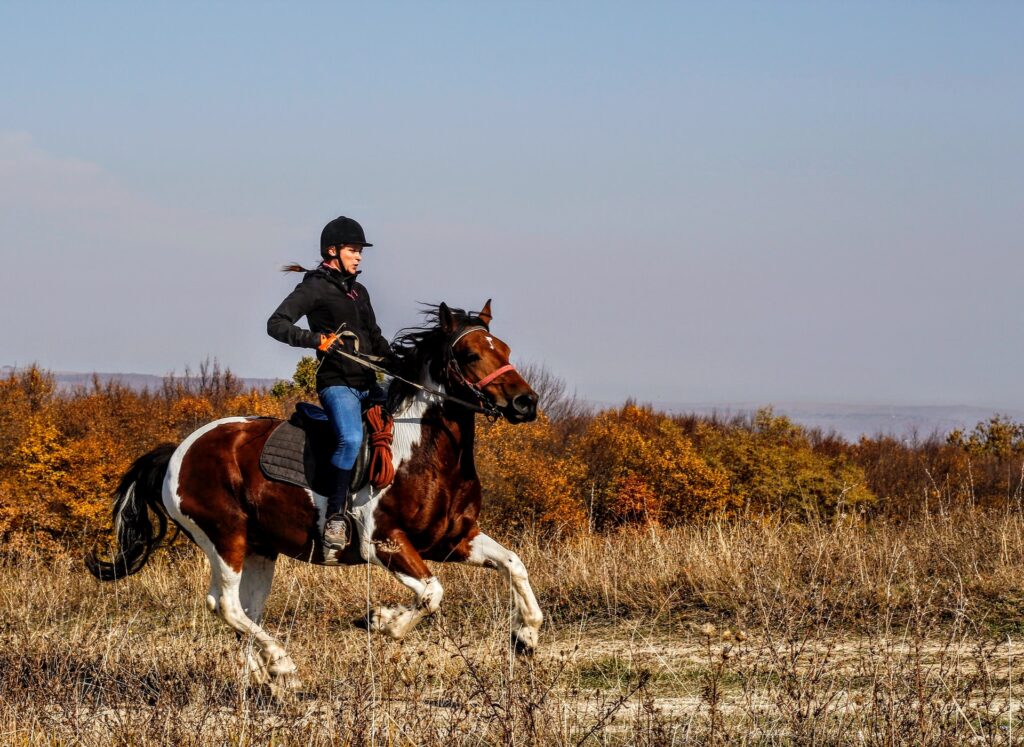
Source: unsplash.com
Horses are highly energetic and active creatures that are renowned for their role in transportation, especially in the past. Their basic mechanism and instinct entice them to keep moving almost at all times. Hence, horse owners are required to constantly exercise their horses. This helps them sustain a healthy weight, maintain proper blood circulation, and shake off any lethargy which can be fatal for horses.
Most pet horses tend to spend most of their time in the stable. It is mandatory to take them out on activities every day in order to burn off the accumulated calories and keep the muscles in shape. If the horse permits and is capable enough, you can ride it every day for short sprinting sessions to keep its physical health in check. Smaller or unwilling horses can be given some extra time after grazing each day to ensure the exercise is being done.
Instead of riding, you can also walk your horse which is similar to walking a pet dog but with an added layer of difficulty due to the size of these glorious beasts. This method is generally used on horses recovering from injuries that have disabled them from running with pace. Try lunging, which develops the overall stamina consumption and balance of the horse. All you need to do is walk your horse around in a circle around you with the necessary equipment, like a lightweight western saddle. This is a very hectic activity for horses and can greatly boost their ability to carry you on rides.
Finally, in the instance of owning multiple horses, it is advisable to take small groups out to run along with the horse that you are riding on. This teaches them the way to exercise on their own. Owners of multiple horses can not manually take each horse to exercise every day. This method, known as ponying, is a great way to teach them to be independent and self-sufficient.
Horse Grooming

Source: farnam.com
Lastly, do note that grooming your magnificent mare is more important than it seems. This is the perfect opportunity for you to spend some quality time and it is equally cherished and reciprocated by your horse. Make sure you groom in a comfortable position so that the horse can move around and express its gratitude.
While there are no set standards for grooming your horse, there certainly are ways that most horse owners follow. Try combing out any tangled hair on the horse with a specialized comb or a brush without hurting the horse. Clean the hooves, muzzle, ears, nose, eyes, and any part of the body that looks dirty. These sessions also provide an opportunity for horse carers to check their bodies for any injuries.
Final Words
Many horse enthusiasts around the world believe that taking care of a horse is one of the most rewarding experiences they have ever encountered. Various breeds of horses are available to adopt, including different types for different locations around the world. The mere fact that these glorious creatures have the potential to be your best compatriot down the line is highly encouraging for newer horse owners. Hence, having a proper understanding of horse care is pivotal.

